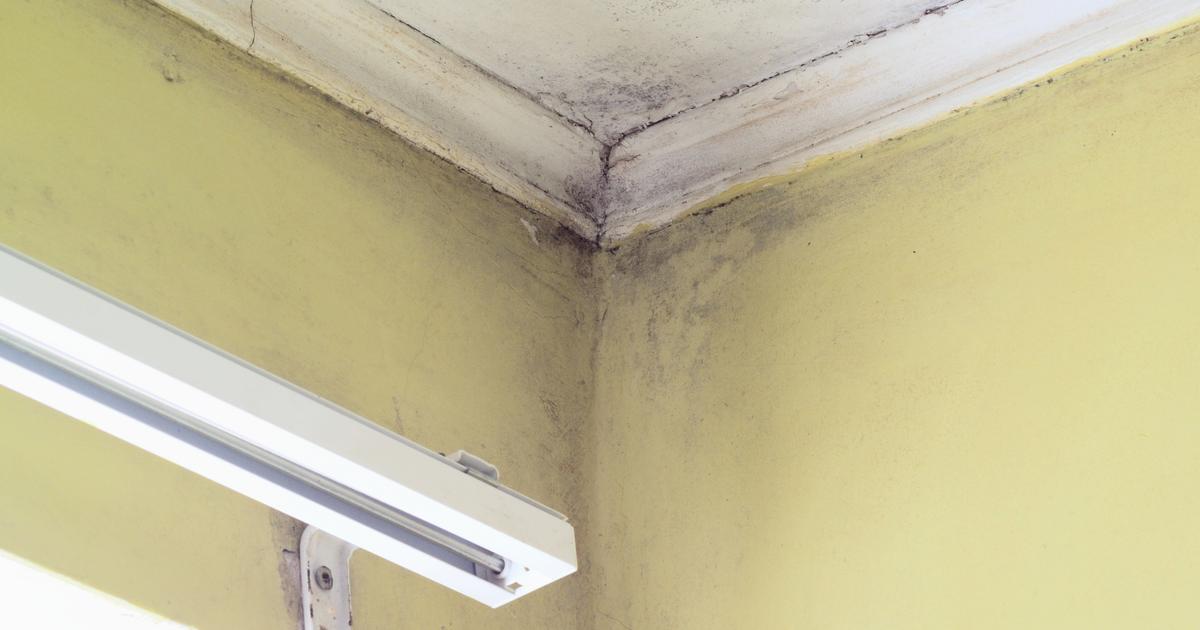Reasons Why Allergies Worsen During The Fall
Mold Is More Predominant

Big piles of leaves are irresistible for kids, but they are repositories of something unpleasant: mold. While hundreds of types exist, only a relative few are allergy culprits. These include the species that cause black areas in damp indoor places and the outdoor variety. While mold is present year-round, autumn is the season when it flourishes. There are many reasons why, in addition to falling leaves, mold is more predominant now. Plants are reaching the end of their lives and decaying, temperatures are cooler and accompanied by dampness, and breezes carry spores. It's no surprise fall has earned a reputation as the moldy season. Since individuals with allergies may wheeze, develop asthma, breathe heavily, sneeze, have itching nose, throat, or eyes, and experience nasal congestion—symptoms of other allergies—testing can help you find out what triggers your reactions. If you must mow the lawn, rake leaves, or perform other yard work activities, wear a mask designed to protect against pollen.
Keep reading to discover more reasons why allergies worsen in the autumn.